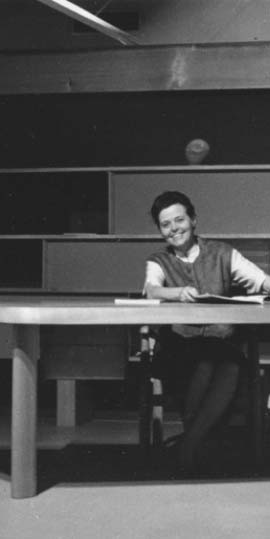For the 20th birthday of the Charlotte Perriand’s death, the Louis Vuitton Foundation dedicates to her, until February, the 24th, a important exhibition, perfectly documented and rich in reconstitutions, with many explanations about the various episodes of her life. Here at JLF we’re offering you to come back with us on her extroardinary journey and discover more about this free, engaged and unavoidable woman in the 20th century design.

Chronology
1903 – Charlotte Perriand’s birth
1925 – Studies at the Ecole de l’Union Centrale des Arts Décoratifs in Paris from 1920 to 1925
1927 – Exhibition at the Salon d’Automne, created by the French Société des Artistes Décorateurs (SAD). She’s noticed by Le Corbusier and Pierre Jeanneret, with whom she will collaborate for more than 10 years.
1929 – Creation of the French Union des Artistes Modernes (UAM) movement, with many architects – interior designers
1942 – Charlotte goes to Japan for two years as industrial art advisor for the Japanese Commercial Ministery
1946 – Come back to France. Starting of the furniture project for Méribel chalets (1946-1949)
1950 – Kitchen prototype for Le Corbusier’s Marseille Unité d’Habitation
1955 – Exhibition “Synthèse des arts” at Tokyo, mixing plastic arts and interior furniture
1957 – Londonian Air France offices
1959 – United Nations Conference Room in Geneva (1959-1970)
1967 – French ski station Les Arcs (1967-1986)
1993 – Ultimate project : UNESCO tea room inspired by japanese tea pavillions
1999 – Charlotte Perriand’s death
A modern spirit
After studies at the French Union Centrale des Arts Décoratifs, Charlotte Perriand realized some private orders, but her career of architect-designer truly began with the metallic furniture she created for the 1927 Salon d’Automne named the “Bar sous le toit”(*bar under the roof).
Visionnary in its creation process, she experimented new industrial materials as the metallic tube, aluminium or the caoutchouc.
Modular furniture, materials and colors created a warm and comfortable place, luxury and casual in the same time, and warmly welcomed by the critic.
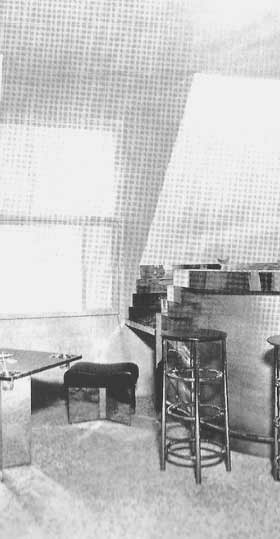
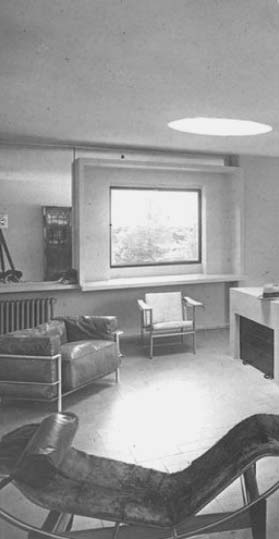
Le Corbusier collaboration
Noticed by Le Corbusier and Pierre Jeanneret in 1927, Perriand joined their workshop and make evolve the furniture design by the two men thanks to her humanism touch.
She brought her persoonal touch by helping them with the notion of “interior equipment” and created furniture that liberated from its destination room.
Le Corbusier, Jeanneret and Perriand wanted to make space more functional and modular. They succeed in this willness when they realized innovative projects such as the Villa Church, constructed by Le Cornusier and furnished by Charlotte Perriand and her famous LC4 Lounge chair.
An engaged artist
Perriand participated to the UAM creation (in French the Union des Artistes Modernes eng.*Modern Artists Union) in 1929, a group fighting for a social and rational art. Few years later, she supportes thesis debated in the International Congress of Modern Architecture, such as the efficiency, modularity and pre-production of elements.
She realized at this time the Weekend House, composed of joinable parts and modular inside and outdoor elements, and the Refuge Bivouac, entirely pre-produced.
Her politics beliefs can be felt in her work. In 1936 she participated in the Salon des Arts Ménagers where she created furniture for middle classes touched by the 1930 crisis, and compatible with economics contraints. The same year, she militated for the Republican Spain and commit herself alongside Fernand léger and the French Front Populaire. She also realized several fresco decoration in collage, figuring the misery of workers and popular classes, such as La Grande Misère de Paris in 1936 or the photomontage in the French agriculture Ministry Pavilion, co-realized with Fernand Léger during the Paris International Exhibition of 1937 and illustrating the agriculture politic of the Front Populaire.
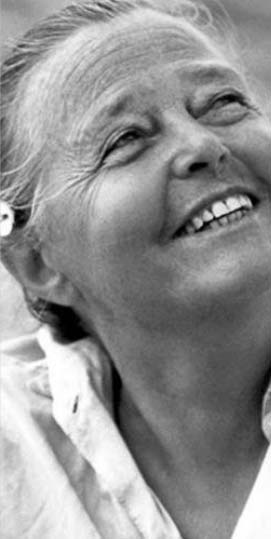
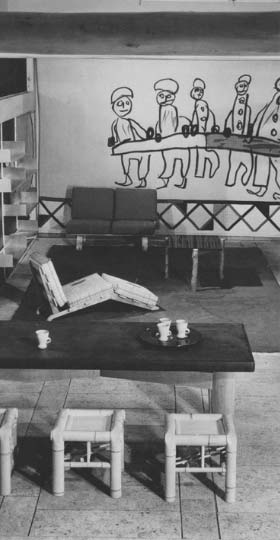
Her travel to Japan
Invited by the Japanese government to advise the industrial art production in the Country, Charlotte Perriand realized between 1940 and 1942 many researches on the interior fitting. She discovered and was inspired by the simplicity of Japanese interiors, mixing harmoniously tradition and modernity, and using modular interior spaces since a long time.
She also discovered new materials and new maneers of arrange the interior space : with economy, on a popular and functional way. She really loved this different and foreign culture and she was imbued with it for her following years creations : she re-used her original creations, adapted with asiatic techniques and materials.
Rio de Janeiro
Charlotte Perriand’s husband was nominated Air France Director of Latin America in 1962. It was the occasion for her to furnish his official appartement in Brazil while remaining faithful to her principles : useful forms, functionality, all mixed with a respect of the local culture and materials.
Her huge impregnation faculty allow her to realized furniture in harmony with her principeles and adapted to the bazilian identity : she used Rio rosewwod for a large dining table, mix with cane for a round coffee table or braided cane for a bookcase, a model firstly created in pine and metallic parts.
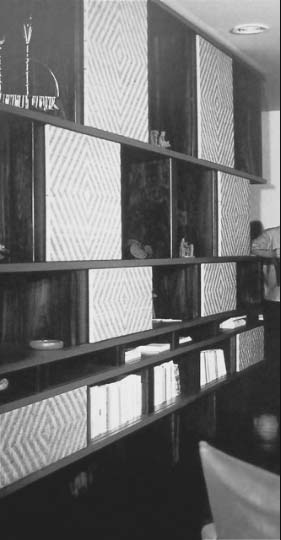

Her passion for the mountain
Born in a Savoyard family, Charlotte Perriand was always passionate by the mountain and realized several projects for in les Alpes. The big project of the ski station Les Arcs began in 1967 with a true willing to integrate architecture inside the landscape, thanks to gently sloping buildings.
The interior fitting was conceived with serial furniture and pre-produced elements for similar spaces : a modular appartment, without vis-à-vis and with a direct view on the mountain thanks to large bay windows. This project was one of the longest in her career and ended in 1989.
The artistic entourage
During her whole life, Charlotte Perriand met many artist with that helped her to enlight her creations and with whom she sometimes collaborated. For exemple, she created the exhibition in Japan in 1953 named “Synthèse des arts”, her furniture is exhibited alongside Léger, Soulages or Hartung paintings and Le Corbusier tapestries.
In Brazil, she met famous architects and designers, such as Oscar Niemeyer or Lucio Costa, that helped her to discover new materials and new ways of furniture creation.
Her style evolved slighly regarding these different meetings, and eventually forged it.
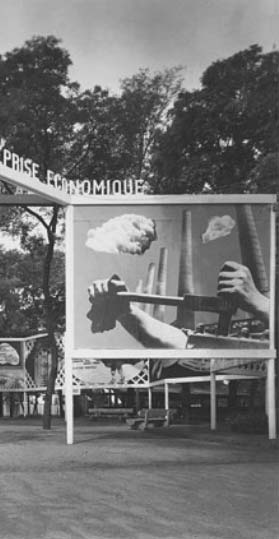
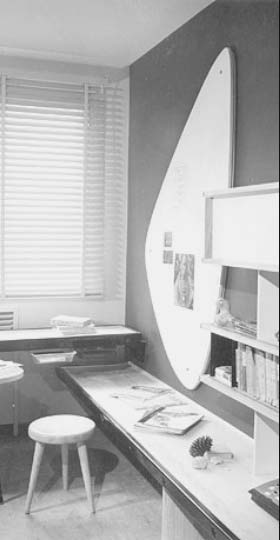
Collective equipments
During her whole career, Perriand committed herself socially in the searching for a human environment. According to her, the quality of life going through an harmony between the Human and his housing.
She adapted and optimized at her best places of life by conceiving many collectiv housing programs, such as students rooms in the Paris University campus with modular, rational and functional spaces.
She also developped storage units made of standardized and modular elements, that can be bought seperately, or integrated kitchen or pre-produced sanitary cabins.
The Perriand style
The Perriand style is a sign of the renewal of esthetic values in the early 20th century. She quickly used innovative materials such as metal, copper or aluminium, and realized modular pieces, light and functional.
Her several travels to Asia and Brazil enriched and way of conceiving furniture and interior design. She used material such as bamboo, wood, weaving and lacquer. Her furniture production always attempted to synthetize the Human and his environment, privileging purification, originality and freedom.
